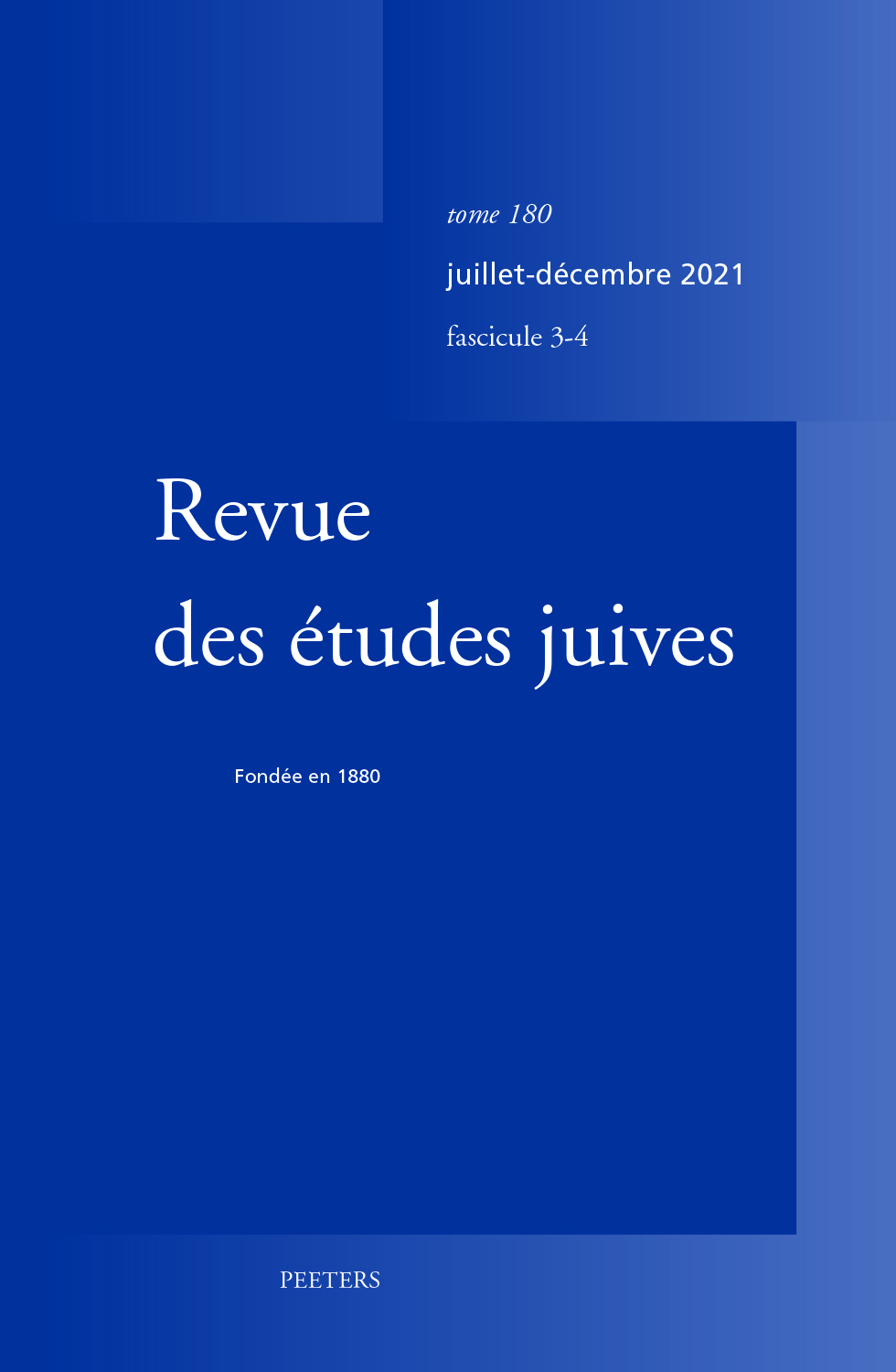next article in this issue  |

|
Document Details : Title: Juifs et Romains: Y a-t-il eu un antijudaïsme romain? Author(s): ROCHETTE, Paul B. Journal: Revue des Études Juives Volume: 160 Issue: 1-2 Date: janvier-juin 2001 Pages: 1-31 DOI: 10.2143/REJ.160.1.182 Abstract : Cet article tente de déterminer quelle image du Juif se dégage des textes latins classiques. Il replace d’abord le judaïsme à Rome dans son contexte historique: arrivée des cultes étrangers, mesures prises par le pouvoir romain contre les Juifs, juifs et chrétiens. Ensuite, il passe en revue les textes latins les plus représentatifs qui mettent en scène des Juifs: Cicéron, Horace, Pétrone, Juvénal, Sénèque, Tacite. De cet examen il ressort que, s’il y a eu un sentiment hostile aux Juifs à Rome, il s’est limité à des aspects très précis appartenant au domaine religieux (observance du sabbat, circoncision, interdit alimentaire) et n’a jamais donné lieu à des manifestations extérieures violentes. Ce serait surtout le refus d’intégration dans la société romaine qui aurait donné naissance à une image négative du Juif, dont on trouve les traces les plus tangibles à la fin du Ier et au début du IIe siècle ap. J.-C. This paper attempts to clarify the image of the Jews which appears in the Latin classical texts. It begins by replacing the Judaism at Rome in its historical context: introduction of foreign cults, provision made against the Jews, Jews and Christians. In the second part, the most important Latin texts connected with the Jews are investigated: Cicero, Horatius, Petronius, Juvenal, Seneca, Tacitus. This examination shows that the adverse feelings towards the Jews at Rome are limited to definite aspects belonging to the religious field and never gave rise to exterior manifestations of violence. The negative image of the Jew at Rome — which was at its height at the end of the first and the beginning of the second century A.D. — arose from the denial of intragation in the Roman society. |
|
